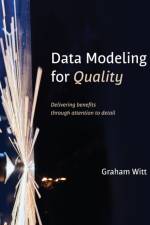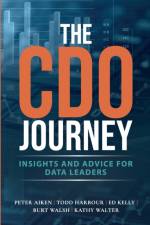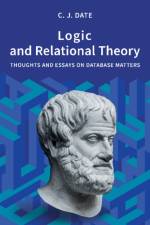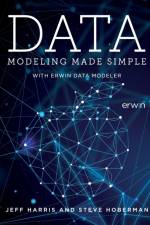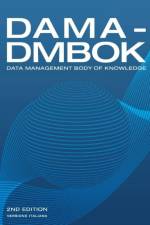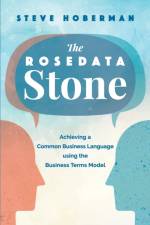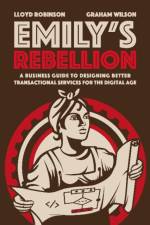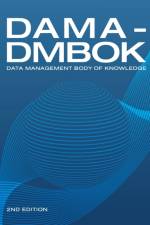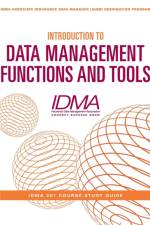- How Blockchain Changes the Rules of the Game
von Steve Hoberman
24,00 €
Learn how blockchain works, where to use it within your organization, and how it will impact data management.This book contains three parts: Explanation. Part I will explain will explain the concepts underlying blockchain. A precise and concise definition is provided, distinguishing blockchain from blockchain architecture. Variations of blockchain are explored based upon the concepts of purpose and scope. Usage. Now that you understand blockchain, where do you use it? The reason for building a blockchain application must include at least one of these five drivers: transparency, streamlining, privacy, permanence, or distribution. Usages based upon these five drivers are shown for finance, insurance, government, manufacturing and retail, utilities, healthcare, nonprofit, and media. Process diagrams will illustrate each usage through inputs, guides, enablers, and outputs. Also examined are the risks of applying these usages, such as cooperation, incentives, and change. Impact. Now that you know where to use blockchain, how will it impact our existing IT (Information Technology) environment? Part III explores how blockchain will impact data management. The Data Management Body of Knowledge 2nd Edition (DAMA-DMBOK2) is an amazing book that defines the data management field along with the often complex relationships that exist between the various data management disciplines. Learn how blockchain will impact each of these 11 disciplines: Data Governance, Data Architecture, Data Modeling and Design, Data Storage and Operations, Data Security, Data Integration and Interoperability, Document and Content Management, Reference and Master Data, Data Warehousing and Business Intelligence, Metadata Management, and Data Quality Management.Once you understand blockchain concepts and principles, you can position yourself, department, and organization to leverage distributed ledger technology.


